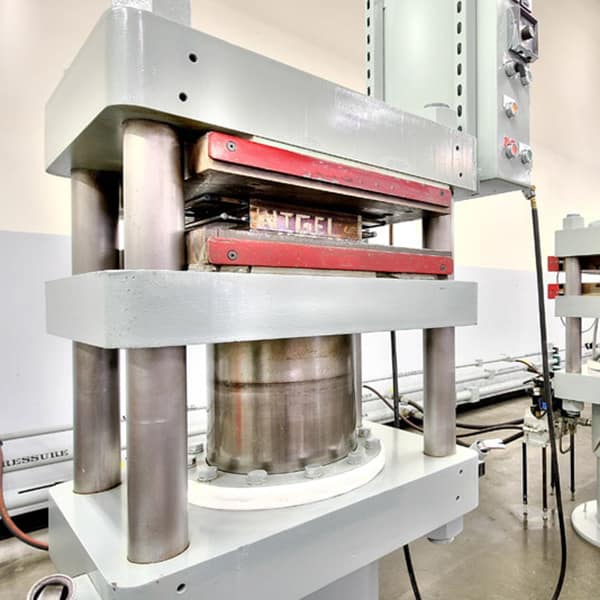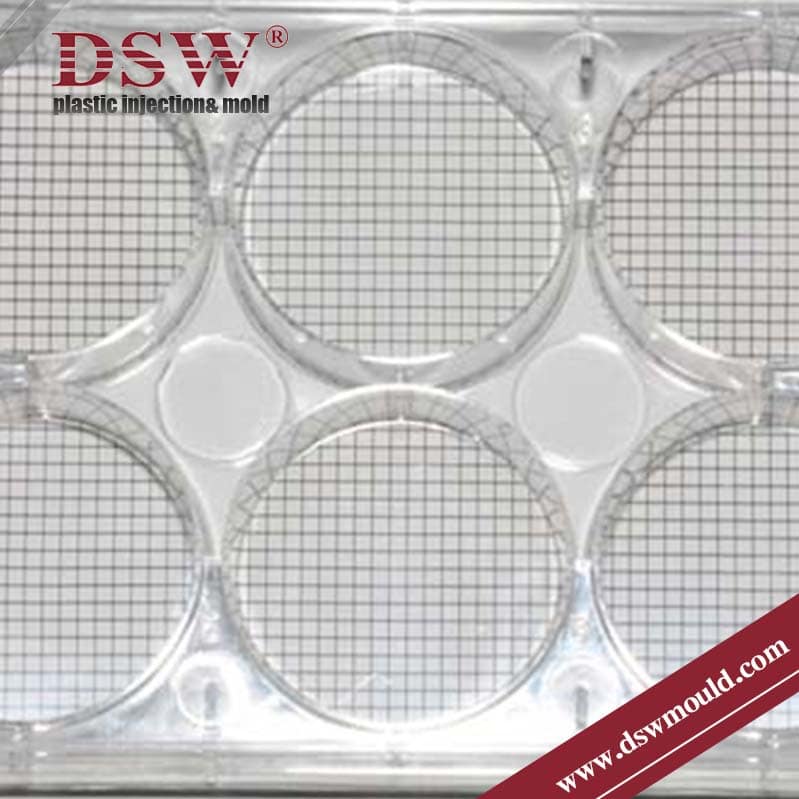In today’s dynamic manufacturing, plastic molding has become increasingly prevalent across various industries. The diverse range of applications necessitates specialized manufacturing processes that can effectively mold plastic parts to meet precise specifications. When embarking on a plastic part production journey, one of the foremost considerations is selecting the most suitable molding technique for your specific application. At DSW, we excel in high-volume, custom injection molding, and this article aims to provide a comprehensive overview of the five distinct types of molding, highlighting their unique advantages and applications.
Five Distinct Types of Molding- Plastic Molding

Blow Molding – Ideal for hollow objects, such as bottles and container
Blow molding is a highly versatile manufacturing process that has revolutionized the production of hollow objects, particularly bottles. It is a cost-effective and efficient method that allows for mass production while maintaining consistent quality.
Blow molding is a specialized manufacturing technique used to create hollow objects by inflating heated plastic into a mold.
A preform, formed through injection molding, is placed in the blow mold, inflated, and cooled to produce the final product. This technique is suitable for producing small, high-precision bottles like pharmaceutical containers.
Blow molding has found extensive applications in numerous industries, primarily in packaging. Producing bottles for beverages, household products, personal care items, and pharmaceuticals relies heavily on blow molding.
Compression Molding – suited for larger objects such as auto parts
The process of compression molding begins with the placement of the plastic material, typically in the form of granules or pre-cut sheets, into the mold cavity. The mold is then closed, and heat and pressure are applied, causing the plastic to soften and conform to the shape of the mold. The combination of heat and pressure ensures that the plastic material fills all the intricate details of the mold, resulting in precise and consistent part dimensions.

Compression molding allows for the incorporation of reinforcing fibers or fillers, such as glass fibers or carbon fibers, into the plastic material. This reinforcement enhances the strength and stiffness of the molded parts, making them ideal for structural auto components that need to withstand high loads and impacts.
Extrusion Molding – suited for long hollow formed applications like tubing, pipes and straws
While other forms of molding use extrusion to get the plastic resins into a mould, this process extrudes the melted plastic directly into a die. The die shape, not a mold, determines the shape of the final product.
Extrusion molding involves forcing melted plastic through a die into a shape with a fixed cross section. It’s an efficient way to produce many shapes. Since the plastic is melted from a solid form and then resolidified, only thermoplastics can undergo extrusion. The extruded “tubing” is cooled and can be cut or rolled for shipment.
Injection Molding- suitable for high precise, large volume part
Injection molding stands at the forefront of plastic molding techniques, offering unparalleled versatility and precision. This process involves injecting molten plastic material into a mold cavity under high pressure, allowing for intricate and complex part geometries. With its ability to accommodate a wide range of thermoplastics, injection molding is ideal for high-volume production, ensuring consistent quality and excellent surface finishes. It finds application in diverse sectors, including automotive, electronics, medical devices, and consumer goods.
The process itself is fairly straightforward; however, there are many enhancements and customization techniques that can be used to produce the desired finish and structure. Injection molds, which are usually made from steel, contain cavities that will form the parts. Melted plastic is injected into the mold, filling the cavities. The mold is cooled, and pins eject the parts. This process is similar to a jello mold which is filled then cooled to create the final product.
The mold making costs in this method are relatively high; however, the cost per part is very economical. Low part costs, along with resin and finish options, have all contributed to the popularity of injection molding in today’s manufacturing landscape.
Rotational Molding (Rotomolding) – suitable for big, hollow, single-piece parts
Rotational molding, also known as rotomolding, is a specialized manufacturing process ideally suited for producing large, hollow, and seamless one-piece parts. This technique offers unique advantages for creating complex, hollow structures with consistent wall thickness and exceptional durability.
Rotational molding begins by introducing a predetermined amount of powdered plastic resin into a hollow mold. The mold is then heated while being rotated simultaneously along multiple axes by centrifugal force. As the mold rotates, the powdered resin melts and adheres to the inner walls, gradually forming a solid, hollow part. The continuous rotation ensures uniform distribution of the molten plastic, resulting in consistent wall thickness throughout the finished product.













